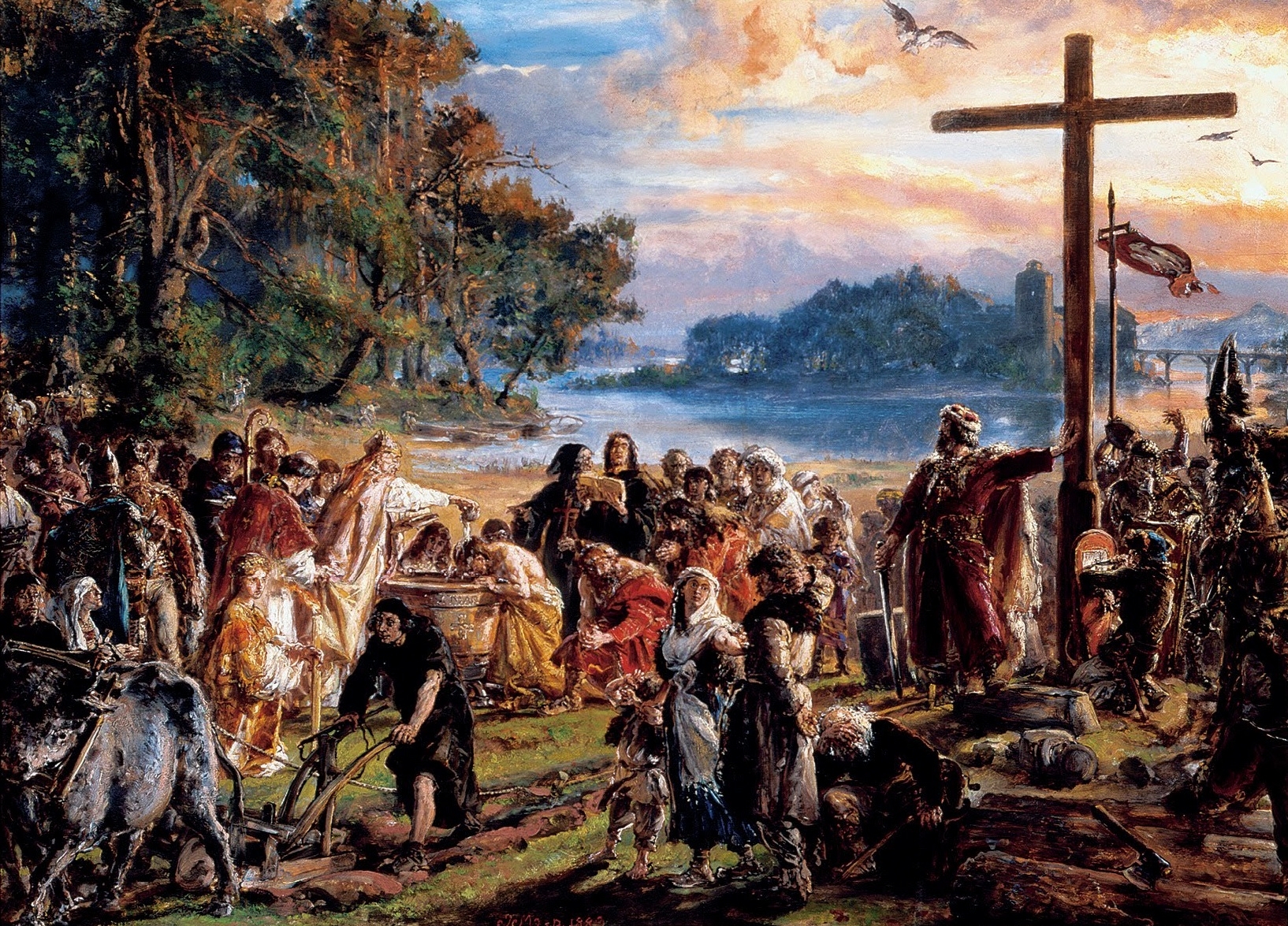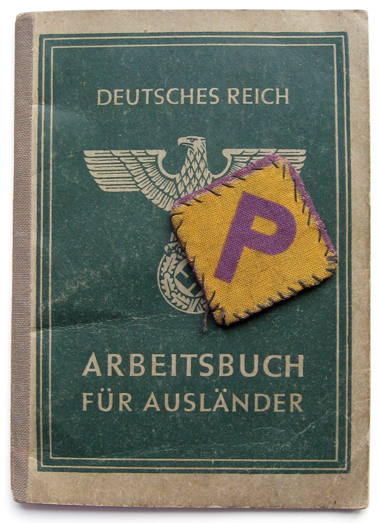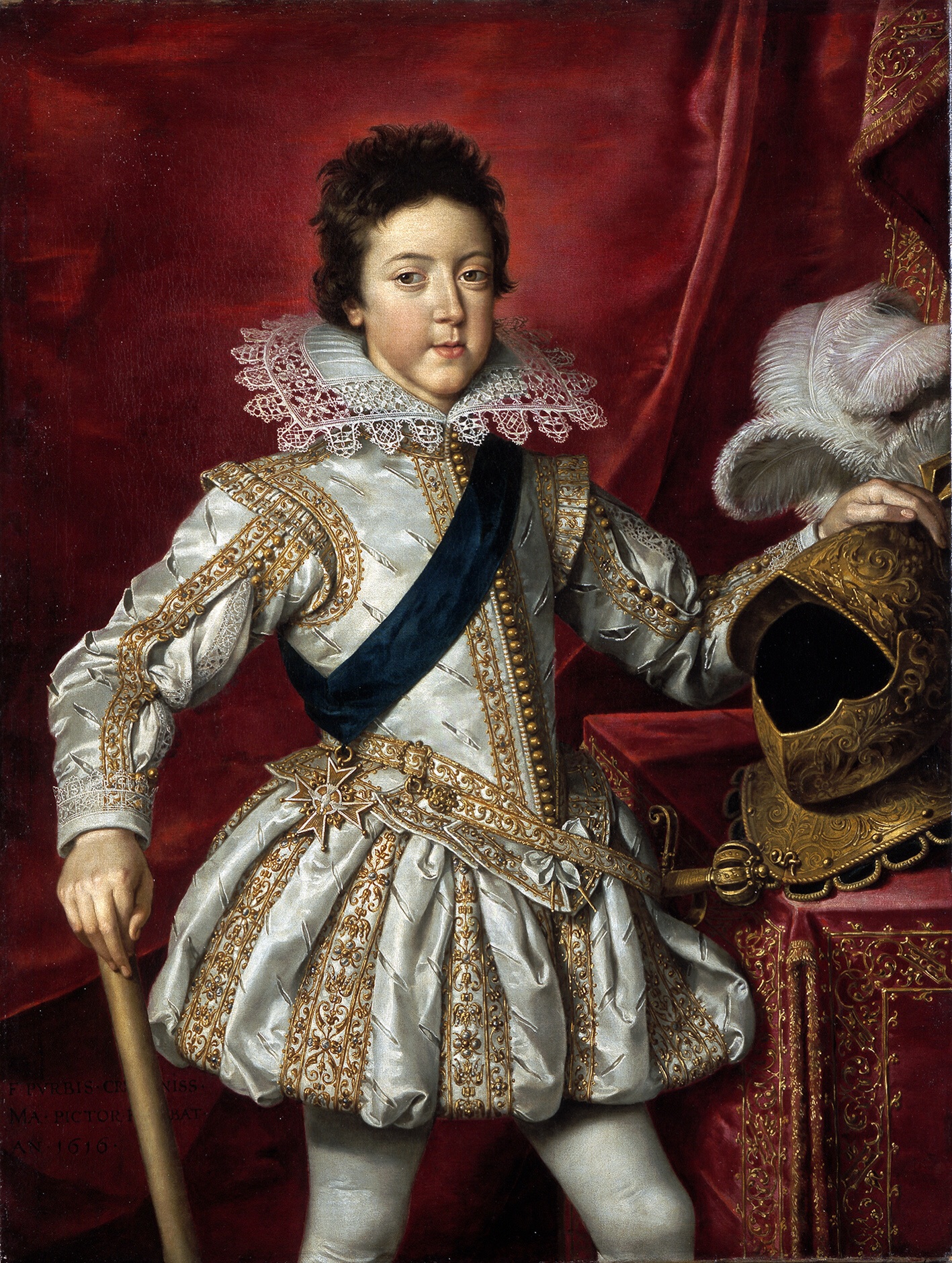|
Hesdin
Hesdin (; vls, Heusdin) is a commune in the Pas-de-Calais department in northern France. Geography The N39, from Arras to Montreuil, used to be the main thoroughfare of the town. In the 1950s, a circular route was created to help traffic flow. A second bypass was built in the 1980s, taking all through traffic well away from the town centre. The Canche river flows through the centre of Hesdin. History Hesdin was a fief of the counts of Artois, vassals of the Counts of Flanders until 1180. When Philip, count of Flanders gave Artois as dowry to his niece Isabella of Hainault when she married Philip Augustus of France in 1180, Hesdin and the other seigneuries passed to France. At the end of the 11th century, Hesdin gained renown for the park and chateau of Robert II, Count of Artois, which featured the earliest examples of early medieval automata in Europe. These included mechanical monkeys covered in badger fur, mechanized fountains, a large sundial surrounded by lion ... [...More Info...] [...Related Items...] OR: [Wikipedia] [Google] [Baidu] |
Vieil-Hesdin
Vieil-Hesdin (Eng: Old-Hesdin) is a commune in the Pas-de-Calais department in the Hauts-de-France region of France. Geography Vieil-Hesdin is situated 6 kilometres southeast of Hesdin, on the banks of the river Canche on the D 340 highway. History Once just simply known as Hesdin, this little village was, in the Middle Ages, a large and prosperous town. Its position in the heart of the county of Artois, once part of the Spanish Netherlands, led to its downfall. From 1471 until its destruction in 1553, it suffered many sieges and sackings, as a result of fighting between the Kings of France, the Holy Roman Empire, Henry VIII of England and several French nobles. The end of Hesdin, as it was then known, came at the hands of Charles V. His 60,000 strong army had already ravaged Metz and razed Thérouanne in April 1553 and he ordered the city and the castle completely destroyed. A month later, the wreckers had finished their work. Only the convent and chapel were spared. Some mon ... [...More Info...] [...Related Items...] OR: [Wikipedia] [Google] [Baidu] |
Communauté De Communes Des 7 Vallées
The Communauté de communes des 7 Vallées (also: ''7 Vallées comm'') is a ''communauté de communes'', an intercommunal structure, in the Pas-de-Calais department, in the Hauts-de-France region, northern France. It was created in January 2014 by the merger of the former communautés de communes L'Hesdinois, Canche Ternoise and Val de Canche et d'Authie. Its area is 497.3 km2, and its population was 29,653 in 2018.Comparateur de territoire INSEE, accessed 8 April 2022. Its seat is in . [...More Info...] [...Related Items...] OR: [Wikipedia] [Google] [Baidu] |
Canche
The river Canche (; nl, Kwinte) is one of the rivers that flow from the plateau of southern Boulonnais and Picardy, into the English Channel, of which the Somme is the largest example. It is long. The basin of the Canche extends to and lies in the south of the département of Pas-de-Calais. Forming an alluvial valley from wide, the Canche valley also contains marshes, meadows and small woods. The gentle gradient, averaging 1.5 percent, gives the river a meandering course. The river rises at Gouy-en-Ternois and passes Frévent, Hesdin, and Montreuil-sur-Mer before leaving the chalk to flow to the coast between Étaples and Le Touquet-Paris-Plage. Its principal tributaries are the Ternoise, the Planquette, the Créquoise, the Bras de Bronne, the Course, the Dordogne (not to be confused with the Dordogne) and the Huitrepin which all join on its right bank, i.e. to the north of the Canche. The lie of the land means there is no notable tributary from the so ... [...More Info...] [...Related Items...] OR: [Wikipedia] [Google] [Baidu] |
Robert II, Count Of Artois
Robert II (September 1250 – 11 July 1302) was the Count of Artois, the posthumous son and heir of Robert I and Matilda of Brabant. He was a nephew of Louis IX of France. He died at the Battle of the Golden Spurs. Life An experienced soldier, he took part in the Aragonese Crusade and attempted an invasion of Sicily in 1287. In 1288, Robert began work on a great park at Hesdin. The park contained a menagerie, aviaries, fishponds, orchards, an enclosed garden and facilities for tournaments. It also contained mechanical statues including waving monkeys draped in skins. He defeated the Flemings in 1297 at the Battle of Furnes. He was again sent into Flanders in July 1302, where he began to ravage the countryside and attempted to take the town of Kortrijk (Courtrai). Battle of the Golden Spurs He then met the Flemish army at the Battle of the Golden Spurs. His infantry advanced with great success against the Flemings (mostly city militia), but he ordered their recall to al ... [...More Info...] [...Related Items...] OR: [Wikipedia] [Google] [Baidu] |
Automata
An automaton (; plural: automata or automatons) is a relatively self-operating machine, or control mechanism designed to automatically follow a sequence of operations, or respond to predetermined instructions.Automaton – Definition and More from the Free Merriam-Webster Dictionary http://www.merriam-webster.com/dictionary/automaton Some automata, such as bellstrikers in mechanical clocks, are designed to give the illusion to the casual observer that they are operating under their own power. Since long ago, the term is commonly associated with automated puppets that resemble moving humans or animals, built to impress and/or to entertain people. Animatronics are a modern type of automata with electronics, often used for the portrayal of characters in films and in theme park attractions. Etymology The word "automaton" is the latinization of the Ancient Greek , , (neuter) "acting of one's own will". This word was first used by Homer to describe an automatic door opening, or ... [...More Info...] [...Related Items...] OR: [Wikipedia] [Google] [Baidu] |
Philip The Good
Philip III (french: Philippe le Bon; nl, Filips de Goede; 31 July 1396 – 15 June 1467) was Duke of Burgundy from 1419 until his death. He was a member of a cadet line of the Valois dynasty, to which all 15th-century kings of France belonged. During his reign, the Burgundian State reached the apex of its prosperity and prestige, and became a leading centre of the arts. Philip is known historically for his administrative reforms, his patronage of Flemish artists such as van Eyck and Franco-Flemish composers such as Gilles Binchois, and perhaps most significantly the seizure of Joan of Arc, whom Philip ransomed to the English after his soldiers captured her, resulting in her trial and eventual execution. In political affairs, he alternated between alliances with the English and the French in an attempt to improve his dynasty's powerbase. Additionally, as ruler of Flanders, Brabant, Limburg, Artois, Hainaut, Holland, Luxembourg, Zeeland, Friesland and Namur, he play ... [...More Info...] [...Related Items...] OR: [Wikipedia] [Google] [Baidu] |
Poles
Poles,, ; singular masculine: ''Polak'', singular feminine: ''Polka'' or Polish people, are a West Slavic nation and ethnic group, who share a common history, culture, the Polish language and are identified with the country of Poland in Central Europe. The preamble to the Constitution of the Republic of Poland defines the Polish nation as comprising all the citizens of Poland, regardless of heritage or ethnicity. The majority of Poles adhere to Roman Catholicism. The population of self-declared Poles in Poland is estimated at 37,394,000 out of an overall population of 38,512,000 (based on the 2011 census), of whom 36,522,000 declared Polish alone. A wide-ranging Polish diaspora (the '' Polonia'') exists throughout Europe, the Americas, and in Australasia. Today, the largest urban concentrations of Poles are within the Warsaw and Silesian metropolitan areas. Ethnic Poles are considered to be the descendants of the ancient West Slavic Lechites and other tribes that inhabit ... [...More Info...] [...Related Items...] OR: [Wikipedia] [Google] [Baidu] |
SS Construction Brigade
The SS-Baubrigaden were a type of subcamp of Nazi concentration camps that were first established in Autumn 1942. These units were usually made up of male non-Jewish prisoners—most were Poles or Soviets. Chances of survival were higher in these mobile units than the main camps they were attached to. The deployment of the ''Baubrigaden'' to major cities within the German Reich was the first time the German public became aware of the living conditions in concentration camps. By the end of the war there were 13 ''Baubridgaden'' made up of around 9,500 prisoners. There were around 1,000 prisoners in each ''Baubrigaden'' and it is estimated that at least 17,000 male prisoners were part of the ''Baubrigaden'' system between 1942 and 1945. The ''Baubrigaden'' were mostly made up of prisoners from Buchenwald, Neuengamme and Sachsenhausen, while the ''SS-Eisenbahnbaubrigaden'' were mainly from Auschwitz and Dachau. The proposal to form mobile labor units was first floated by Hans Kammler ... [...More Info...] [...Related Items...] OR: [Wikipedia] [Google] [Baidu] |
Forced Labour Under German Rule During World War II
The use of slave and forced labour in Nazi Germany (german: Zwangsarbeit) and throughout German-occupied Europe during World War II took place on an unprecedented scale. It was a vital part of the German economic exploitation of conquered territories. It also contributed to the mass extermination of populations in occupied Europe. The Germans abducted approximately 12 million people from almost twenty European countries; about two thirds came from Central Europe and Eastern Europe.Part1 an Part 2 . Many workers died as a result of their living conditionsextreme mis ... [...More Info...] [...Related Items...] OR: [Wikipedia] [Google] [Baidu] |
World War II
World War II or the Second World War, often abbreviated as WWII or WW2, was a world war that lasted from 1939 to 1945. It involved the World War II by country, vast majority of the world's countries—including all of the great powers—forming two opposing military alliances: the Allies of World War II, Allies and the Axis powers. World War II was a total war that directly involved more than 100 million Military personnel, personnel from more than 30 countries. The major participants in the war threw their entire economic, industrial, and scientific capabilities behind the war effort, blurring the distinction between civilian and military resources. Air warfare of World War II, Aircraft played a major role in the conflict, enabling the strategic bombing of population centres and deploying the Atomic bombings of Hiroshima and Nagasaki, only two nuclear weapons ever used in war. World War II was by far the List of wars by death toll, deadliest conflict in hu ... [...More Info...] [...Related Items...] OR: [Wikipedia] [Google] [Baidu] |
Louis XIII Of France
Louis XIII (; sometimes called the Just; 27 September 1601 – 14 May 1643) was King of France from 1610 until his death in 1643 and King of Navarre (as Louis II) from 1610 to 1620, when the crown of Navarre was merged with the French crown. Shortly before his ninth birthday, Louis became king of France and Navarre after his father Henry IV was assassinated. His mother, Marie de' Medici, acted as regent during his minority. Mismanagement of the kingdom and ceaseless political intrigues by Marie and her Italian favourites led the young king to take power in 1617 by exiling his mother and executing her followers, including Concino Concini, the most influential Italian at the French court. Louis XIII, taciturn and suspicious, relied heavily on his chief ministers, first Charles d'Albert, duc de Luynes and then Cardinal Richelieu, to govern the Kingdom of France. The King and the Cardinal are remembered for establishing the ''Académie française'', and ending the revolt of ... [...More Info...] [...Related Items...] OR: [Wikipedia] [Google] [Baidu] |
Siege
A siege is a military blockade of a city, or fortress, with the intent of conquering by attrition, or a well-prepared assault. This derives from la, sedere, lit=to sit. Siege warfare is a form of constant, low-intensity conflict characterized by one party holding a strong, static, defensive position. Consequently, an opportunity for negotiation between combatants is common, as proximity and fluctuating advantage can encourage diplomacy. The art of conducting and resisting sieges is called siege warfare, siegecraft, or poliorcetics. A siege occurs when an attacker encounters a city or fortress that cannot be easily taken by a quick assault, and which refuses to surrender. Sieges involve surrounding the target to block the provision of supplies and the reinforcement or escape of troops (a tactic known as " investment"). This is typically coupled with attempts to reduce the fortifications by means of siege engines, artillery bombardment, mining (also known as sapping), or the ... [...More Info...] [...Related Items...] OR: [Wikipedia] [Google] [Baidu] |






